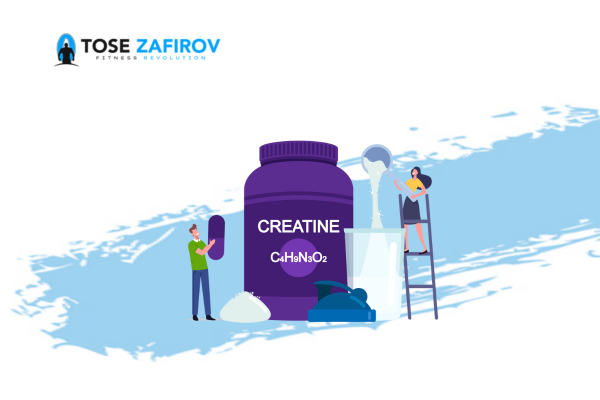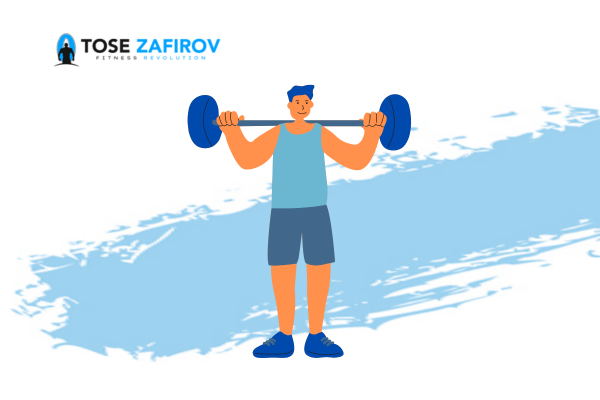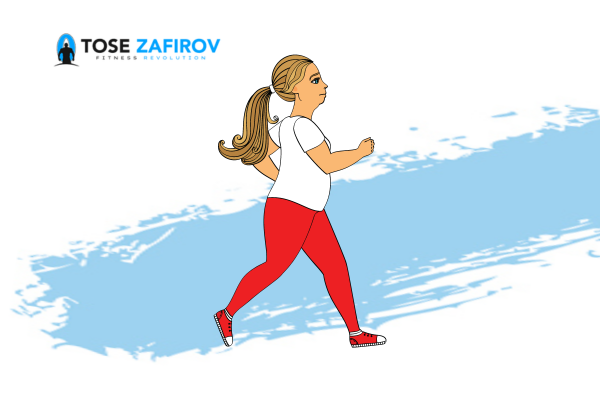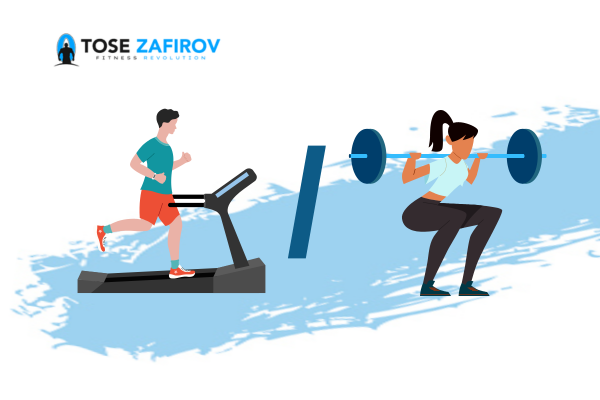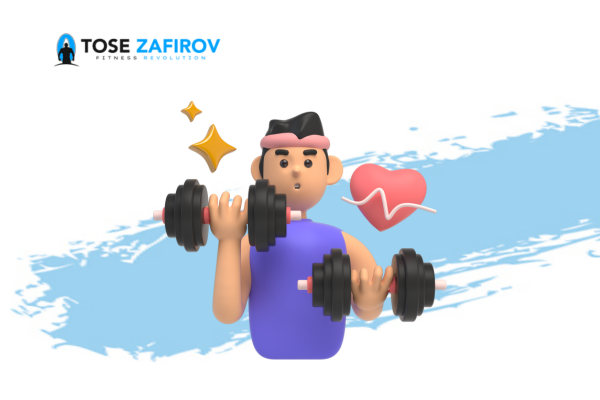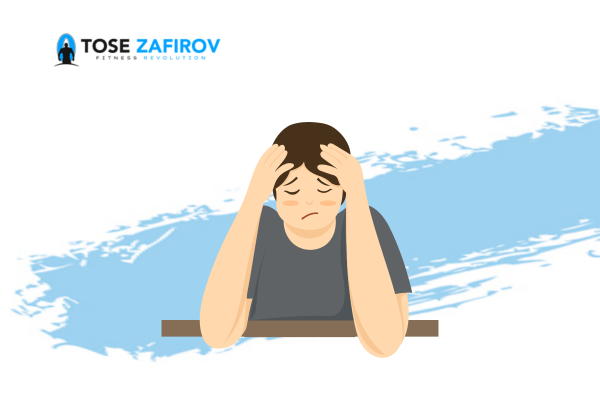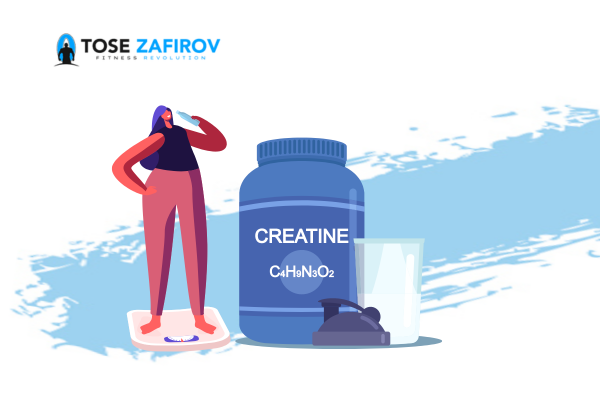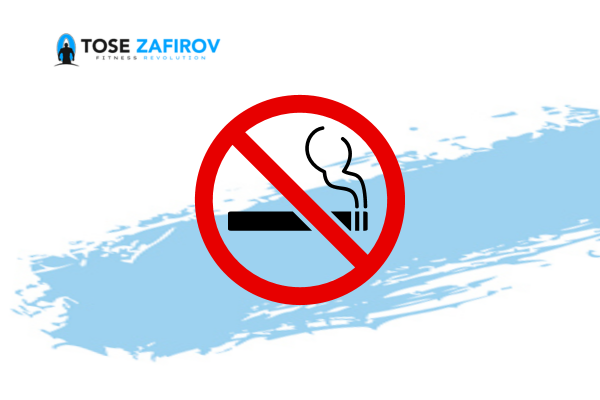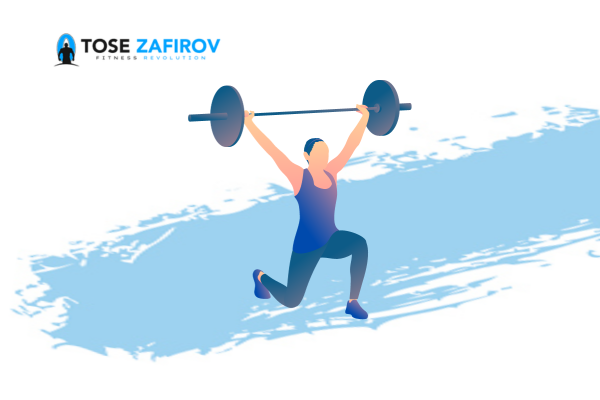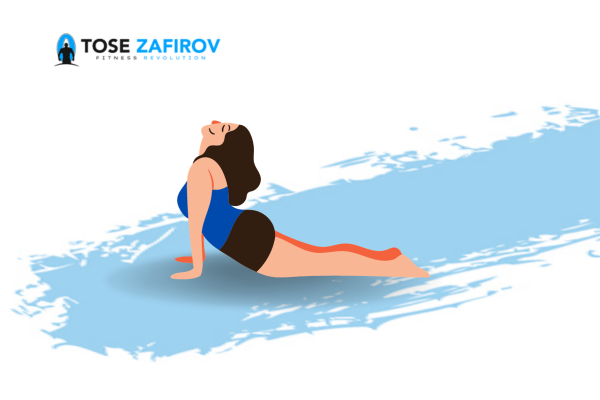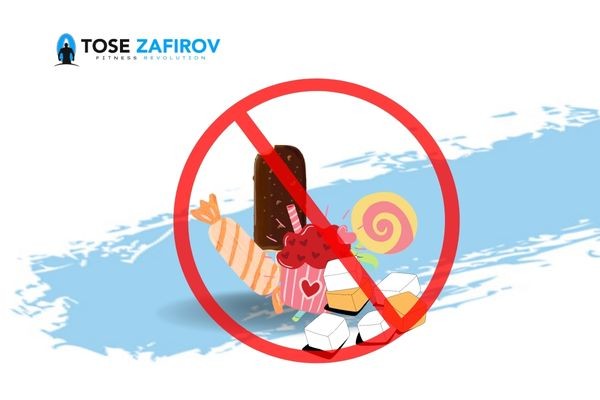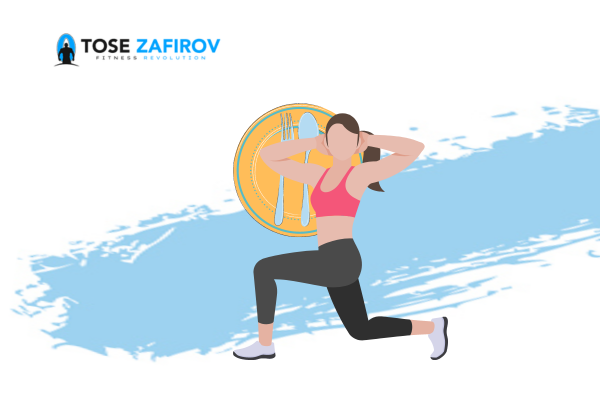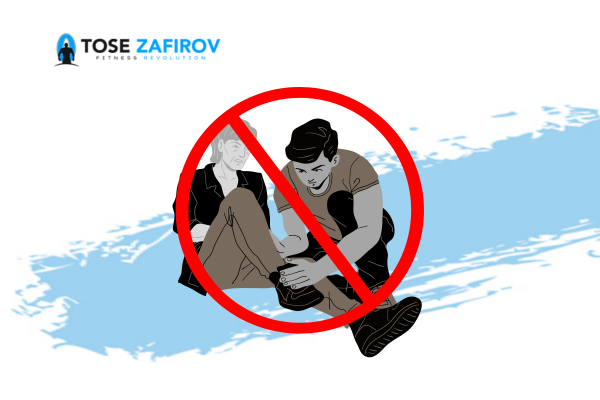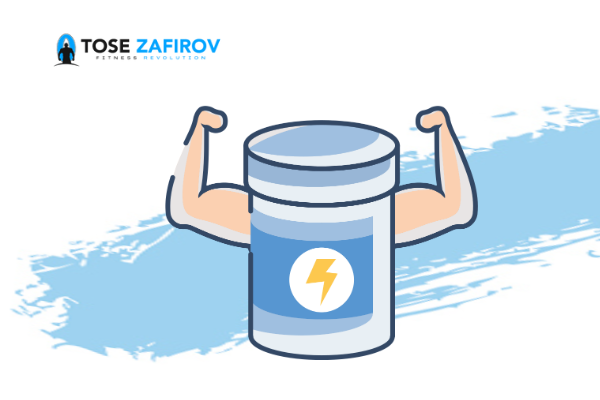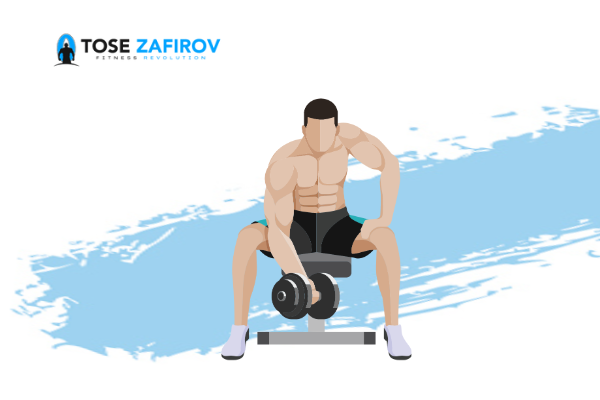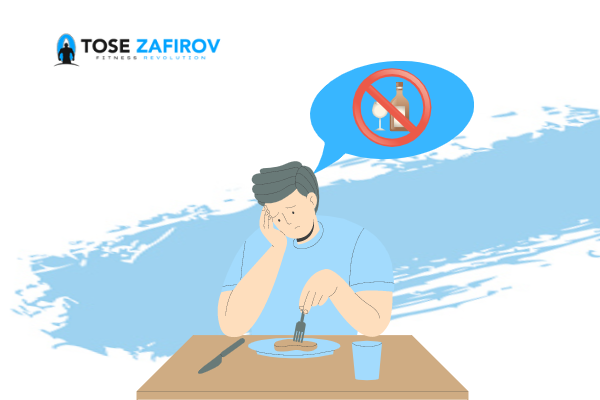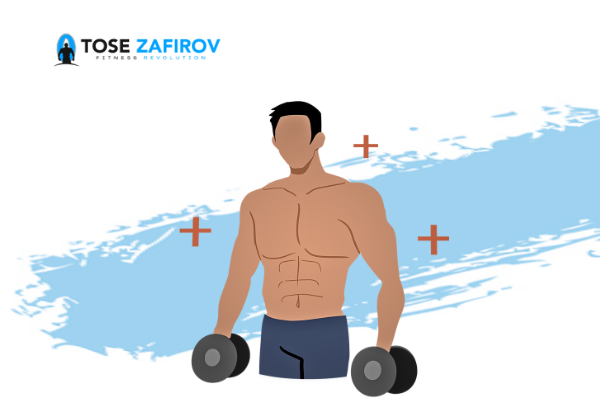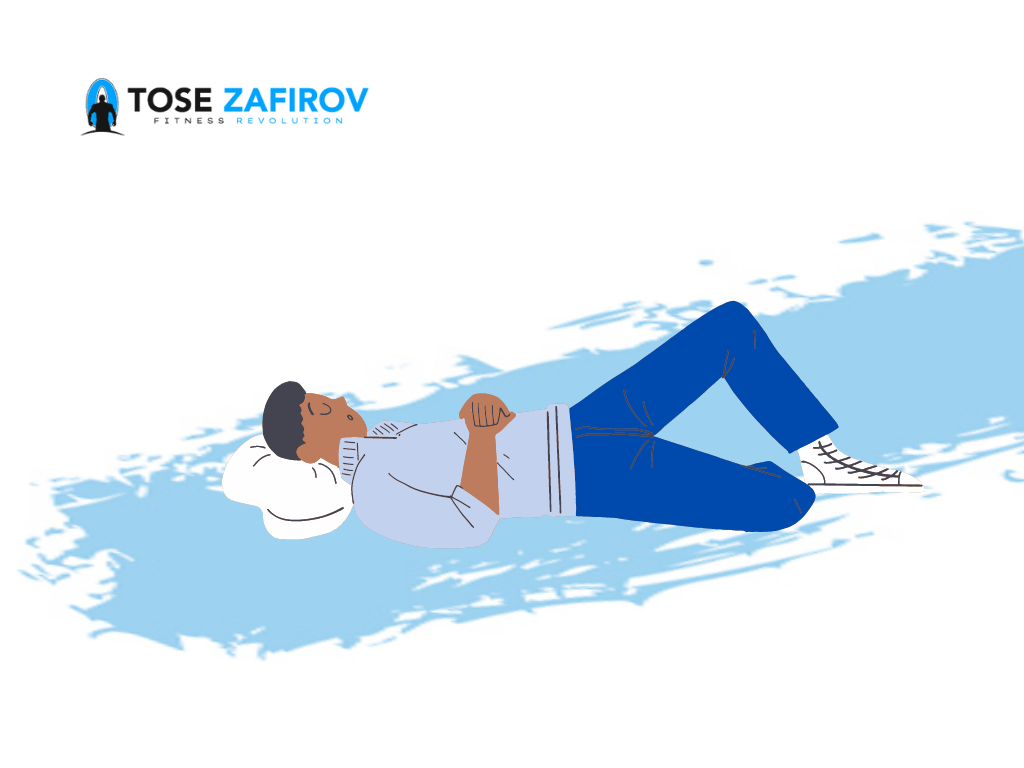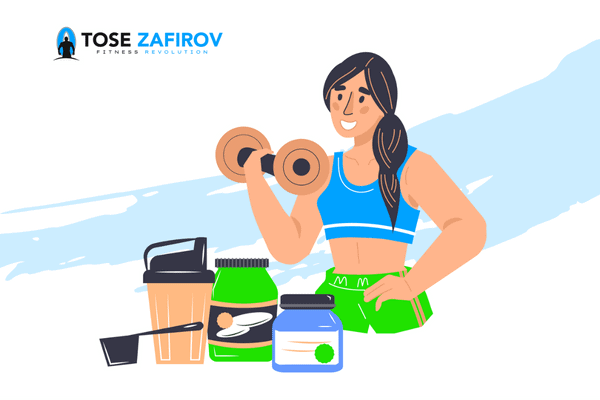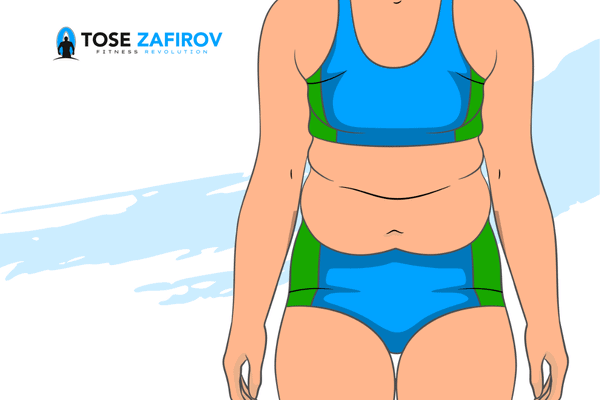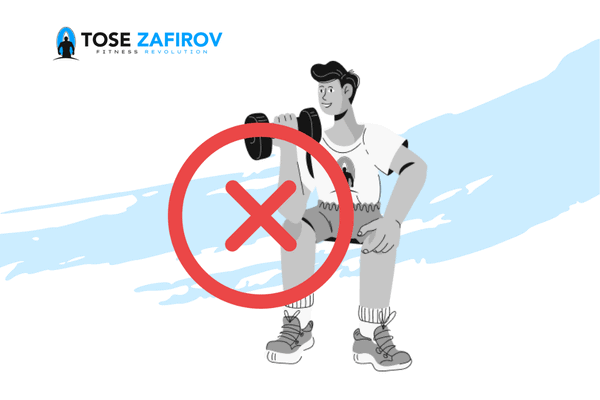The gym is an excellent place to get active. Most gyms offer equipment, weights, classes, and more for people of all fitness levels. There are countless benefits to working out, from burning fat and building strength to improving your mental health. However, the inherent nature of exercising does come with risks. If you are not careful, you can suffer serious injuries that put you on the shelf for months.
Whether you’ve been exercising for years or are just a fitness beginner, you should always take steps to keep yourself safe. Avoiding injuries is not difficult, but it is vital to your fitness progress and your overall health.
Key Takeaways:
- Prioritize warm-up and cooldown exercises to prevent injuries during gym sessions.
- Listen to your body and avoid pushing yourself beyond your limits to avoid overuse injuries.
- Incorporate rest days into your workout routine to allow your muscles time to recover and repair.
How to avoid injuries in the gym
Today, we are going to be providing you with some useful tips to help you avoid injuries in the gym.
What Causes Exercise Injuries?
Some of the most common causes of exercise injuries include:
- Exercising before your body has warmed up
- Repeating the same motion over and over again
- Not having proper form for your exercise
- Not resting in between workouts
- Pushing your body too hard or too quickly
- Doing an exercise that is too strenuous for your level of fitness
- Not using proper equipment
Warm up and Cool Down
When you first get to the gym, you shouldn’t just jump right into a workout. Not warming up is one of the biggest mistakes anyone can make, whether you’re a fitness expert or a beginner. Many people begin their workouts with minor stretches they learned in P.E. when they were younger or light jogging. However, these activities do little to prepare your muscles, joints, and nervous system for your workout.
Start your workout with some dynamic stretching. It will boost your range of motion and improve your flexibility prior to exercising. Dynamic stretching gets your body moving, engaging the entire body. These movements take your joints and muscles through their full range of motion, getting your blood pumping in the process.
Even if you are in great shape, your muscles and tendons will likely be tight before your workout, which increases your risk of injury. A proper warm-up loosens your body, allowing them to move more fluidly.
You should also cool down after exercise to bring your heart rate and body temperature back to normal. Cool down by ending your routine at a slower pace for the last 5 to 10 minutes.
Pro Tip
To Stretch or not to Stretch
To stay flexible, you should stretch at least 2 times a week. But it is unclear whether stretching really helps reduce injury.
You can stretch either after you have warmed up or after you exercise.
- Do not stretch cold muscles.
- Hold stretches for no longer than 15 to 30 seconds.
- Do not bounce while stretching.
Note
Stretching can be beneficial for maintaining flexibility, but its direct impact on injury prevention remains uncertain. For best results, stretch at least twice a week after warming up or after your workout.
Choose Your Exercise Wisely
If you have not been active, or have a health condition, talk with your health care provider to make sure you are healthy enough for exercise. Ask what types of exercise might be best for you.
If you are new to exercise, you may want to start with low-intensity options such as:
- Walking
- Swimming
- Riding a stationary bike
- Golf
These types of exercise are less likely to cause injury than higher-impact activities like running or aerobics. Contact sports like soccer or basketball are also more likely to cause injury.
Focus on Form
The form is arguably the most vital part of any exercise. While most gym newcomers are unfamiliar with how to do most workouts, there are plenty of fitness experts who still don’t prioritize form. They focus on lifting heavy, often sacrificing proper lifting form to do so. This form is key to a successful workout.
If you are not doing an exercise correctly, you won’t be engaging the right muscles during it. On top of that, proper form prevents you from suffering any severe injuries. If you are unfamiliar with a workout, start with lightweight, then move up. Focus on form. Make sure you feel the correct muscle groups engaging.
If you aren’t sure about your form, don’t be afraid to reach out to a personal trainer. They will happily help you learn how to do exercises properly to help you build strength and avoid injuries.
Listen to Your Body
Being sore is a natural part of working out. It’s a sign that you had a good workout. However, do not let it get to the point where you are in pain. Soreness is normal and goes away after a couple of days. However, if you feel pain past 24-48 hours, something might be wrong.
In some instances, you might have been overtraining your body. Your body will tell you when something is wrong, and you should never ignore these signs. It might be best to reduce the intensity of the workout or stop doing it entirely. Take the time to rest and recover. Rest days are an essential part of being active. They allow your body time to replenish your energy, letting your muscles heal and recover. Listening to your body and taking rest days helps you avoid injuries.
Unfortunately, injuries happen every day. Many gym members don’t take the necessary precautions to keep themselves safe during a workout. While you might be eager to lift heavy or do an intense exercise, it can do more harm than good. If you get hurt, not only will you be out of the gym for an extended period, but you will also lose all the progress you gained. That is why Fitness Nation encourages our gym members to practice care and caution in the gym to avoid injuries.
Pro Tip
Pay close attention to your body’s signals during and after workouts.
Drink plenty of water
Just like with food, exercising when improperly hydrated can lead to injury. As you exercise, you sweat, releasing not only water from your body but also electrolytes that are important for brain and body function. But, just as not drinking enough water can be a bad idea, so can drinking too much, as that sloshy feeling in your stomach during a workout can leave you nauseated and distracted. Try to fit in 16 ounces of water about two hours prior to a workout, then keep a bottle of water with you for sips every 15 minutes or so during exercise. Follow up your workout with another 16 ounces within two hours of finishing to replace lost fluids.
Don’t skip rest days
When you’re actively chasing a fitness goal, it can seem counter-productive to take a whole day (or two!) away from the gym to rest. Rest days are, in fact, exactly the opposite: They allow your body to recuperate and your muscles to rebuild, which contribute to increased strength and growth. One full rest day every 3 to 5 workout days is generally recommended. Take more time off if you’re experiencing excessive soreness or pain, or you just feel worn down. You’re better off taking an extra day to rest now than risking training while overtired and injuring yourself.
Starting a new exercise journey is a positive step toward overall health and wellness. Take your time, take the above precautions, and have fun while exploring something new.
Note
Don’t underestimate the importance of rest days in your fitness routine. Taking time off from the gym allows your body to recover and rebuild, leading to increased strength and muscle growth.
When to Call the Doctor
Contact your provider for any muscle or joint pain that does not go away after self-care.
Go to the hospital right away or call 911 or the local emergency number if:
- You have chest pain during or after exercise.
- You think you have a broken bone.
- The joint appears out of position.
- You have a serious injury or severe pain or bleeding.
- You hear a popping sound and have immediate problems using the joint.
Pro Tip
Prioritize your health and safety by knowing when to seek medical attention. If muscle or joint pain persists despite self-care, contact your healthcare provider.
Bottom Line:
Stay safe and injury-free at the gym by following these essential tips. Prioritize warm-up and cooldown exercises, listen to your body’s signals, focus on proper form, and incorporate rest days into your routine. Hydrate adequately and know when to seek medical attention if needed. Embrace your fitness journey with care and caution, and enjoy the process of improving your health and well-being.


